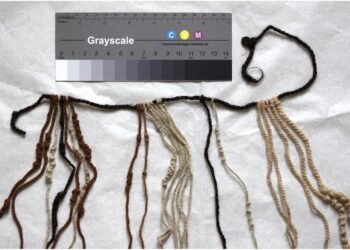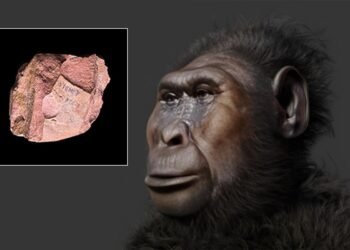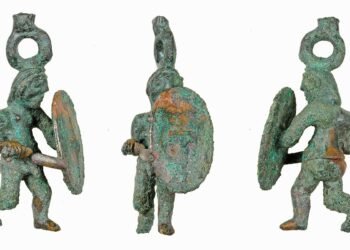A recent discovery in Belgium’s Scladina Cave has unveiled the oldest known multi-purpose tools made from the bones of a cave lion, offering evidence of Neanderthal resourcefulness and intelligence. The study describes how Neanderthals living around the end of the Saalian glaciation, roughly 130,000 years ago, transformed the tibia of an adult Panthera spelaea—the extinct cave lion—into a versatile tool, similar to a prehistoric Swiss Army knife.

Researchers discovered four different tools from one limb bone of a cave lion, all showing intentional shaping, sequential reuse, and refinement for new purposes. Initially, the fragments were shaped, then later broken and reused to sharpen stone tools in a process known as retouching. One of them even has a beveled end, which suggests that it may have been used for multiple purposes.
The find is the first instance in which archaeologists have discovered cave lion bones used as tools, as past evidence of human interaction with large predators like lions has been scarce. Even though sites in Spain, including Gran Dolina, suggest early hominins hunted lions 300,000 years ago, there have not been many such findings. The Scladina tools, however, are the earliest direct evidence of Neanderthals using lion bones specifically for tool-making.
“The discovery at Scladina of bone retouchers crafted from cave lion remains represents an extraordinary and unparalleled finding within the Paleolithic archaeological record,” wrote the study’s authors in Scientific Reports. The University of Ghent researchers examined the evidence and found that the tools not only prove Neanderthal expertise but also their strategic understanding of material properties. “The selection process reflects deliberate choices rooted in practical concerns rather than species-specific preferences,” added the researchers.

The site itself is one of Europe’s most significant Neanderthal locations. Earlier discoveries at Scladina Cave include the well-preserved skeleton of an eight-year-old Neanderthal child and thousands of flint tools and ancient animal bones. This latest discovery pieces together another part of the picture of Neanderthal existence—one that breaks down notions of Neanderthals as being primitive or cognitively inferior.
The authors wrote in their paper that “The intentional transformation of lion bones into functional tools highlights Neanderthals’ cognitive skills, adaptability, and capacity for resource utilization beyond their immediate survival needs.” The same production steps—chaîne opératoire—used in cave lion and bear bone tools show that Neanderthals likely hunted animals for the practical utility of their bones.
As researchers continue to study the newly discovered tool, they hope to find out more about the functions and patterns in Neanderthal use of bones as tools. Meanwhile, this finding significantly improves our understanding of how these ancient humans interacted with their environments.






















Comments 0